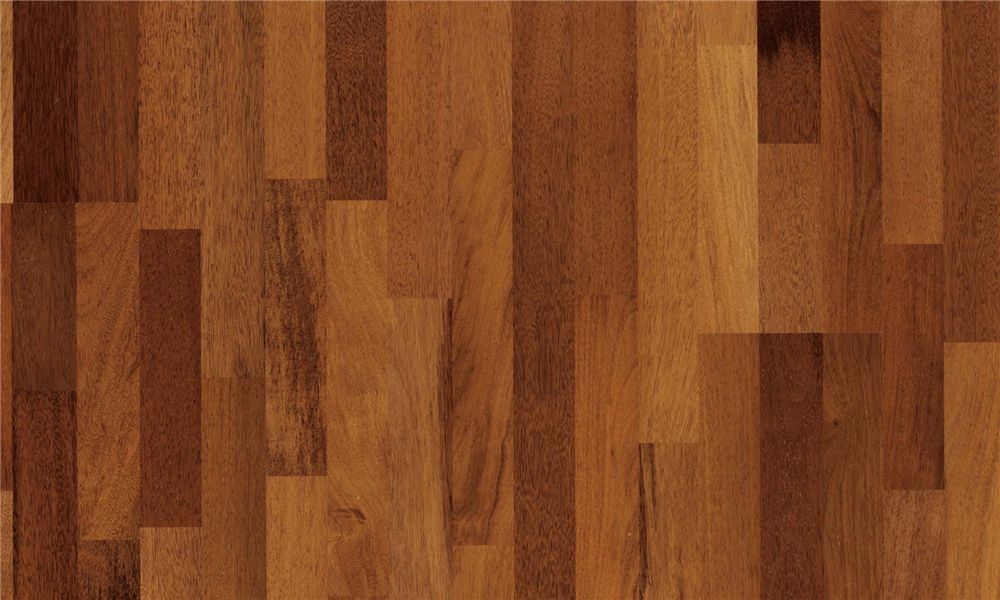Do you know Linoleum floors have versatility and low maintenance requirements?

Linoleum flooriing are a great option if you want a warm, classic look for your home or business but don’t want to deal with the hassle of tile or wood. Linoleum can be installed over any subfloor and can be easily matted for a finished look. Linoleum is a durable, waterproof flooring that has been around since the early 1900s. It has become one of the most popular flooring options in North America today, due to its versatility and low maintenance requirements.
Linoleum comes in several different styles and patterns, including traditional solid colors and stripes, as well as specialty designs like checkerboards and swirls. Linoleum floors can be installed over any hard surface such as wooden floors or concrete slabs, though they are best suited for soft surfaces such as vinyl tile or stone pavers. Linoleum is also easy to clean because it is completely waterproof and stain resistant.
Get to add a distinctive look to your home!
Linoleum flooring is a popular choice for many homes and businesses, making it one of the most common types of material used in floors. With its wide range of colors and patterns, linoleum flooring can add a distinctive look to any home.
Linoleum flooring has been around since the early 1900s and was originally made from linseed oil, but in recent years it has been made almost entirely from synthetics such as polyvinyl chloride (PVC) or polyethylene (PE). Today, linoleum flooring is available in a variety of colors and styles to suit any room or home.
Get to know, when Linoleum flooring was invented!
Linoleum flooring is a type of flooring that is made from linseed oil and natural rubber. It was invented in Germany in 1851 as an alternative to parquet floors. Linoleum is usually made from sheets that are about 1/8 inch thick and can be used under virtually any type of flooring, including carpeting, tile, and wood. Linoleum is made by pressing natural oil into the rubber base material, which creates a flexible sheet of plastic that can be cut into any shape and then installed over wood or concrete subfloors. The finished surface has high resistance to moisture and can be easily cleaned with water or mild soap
Do you know the manufacturing process of Linoleum flooring?
Linoleum is the most popular flooring material in the world. It is made by heating linseed oil and cork dust, then pressing and curing it into a soft, pliable material with a high-gloss finish. Linoleum comes in a wide variety of colors and patterns, as well as several different grades of durability. Linoleum floors are easy to maintain and can last for decades.
Linoleum is made by mixing linseed oil and cork dust. The mixture is then heated to approximately 300 degrees Fahrenheit (155 degrees Celsius). This causes the cork powder to swell up and become gelatinous, which makes the linseed oil easier to work with when applying it to the surface of the flooring material. The mixture is then poured onto an iron plate that has been coated with glue, or it can be poured onto a large piece of cardboard that has been covered with wax paper or plastic wrap before being pressed into place by hand or machine.

